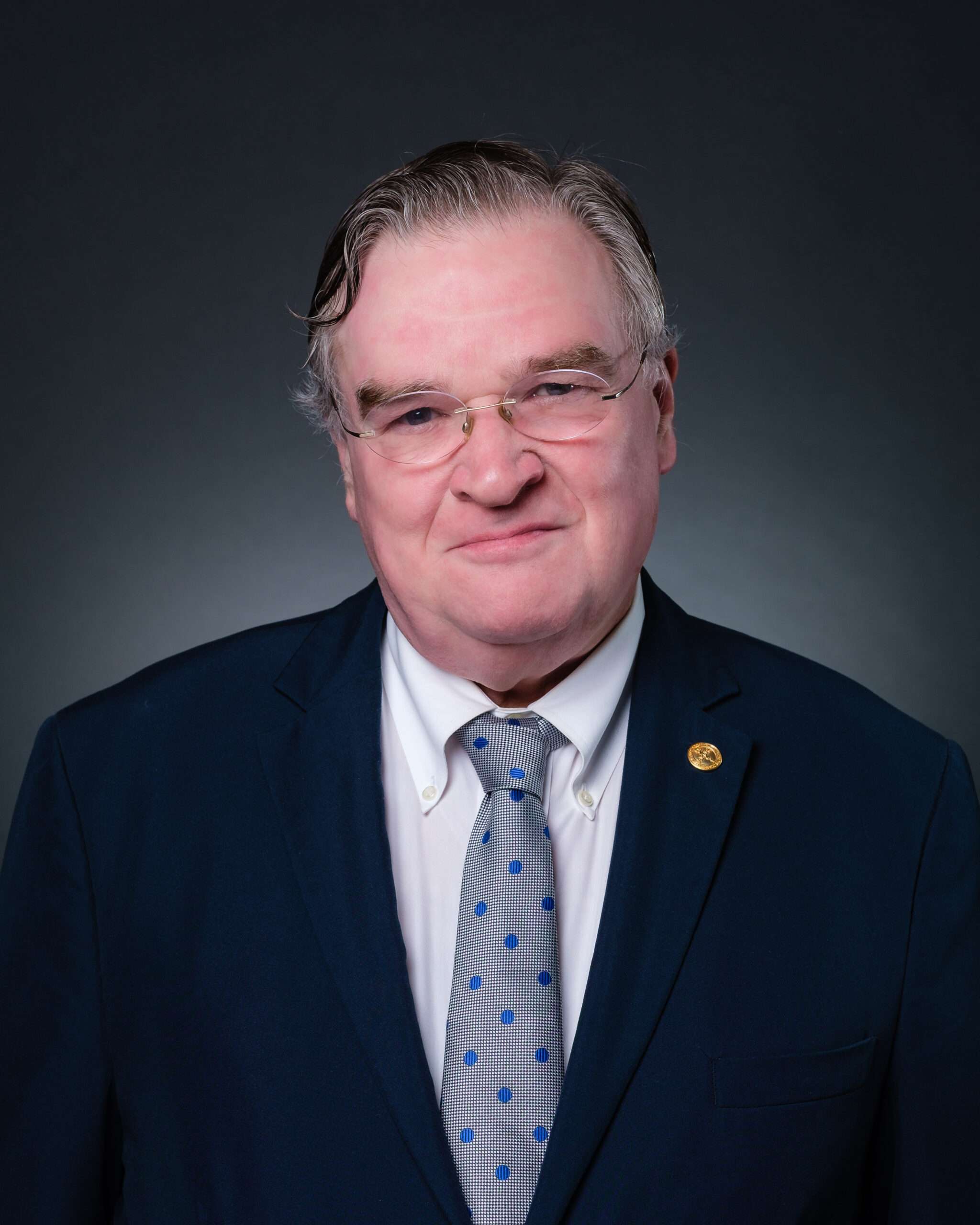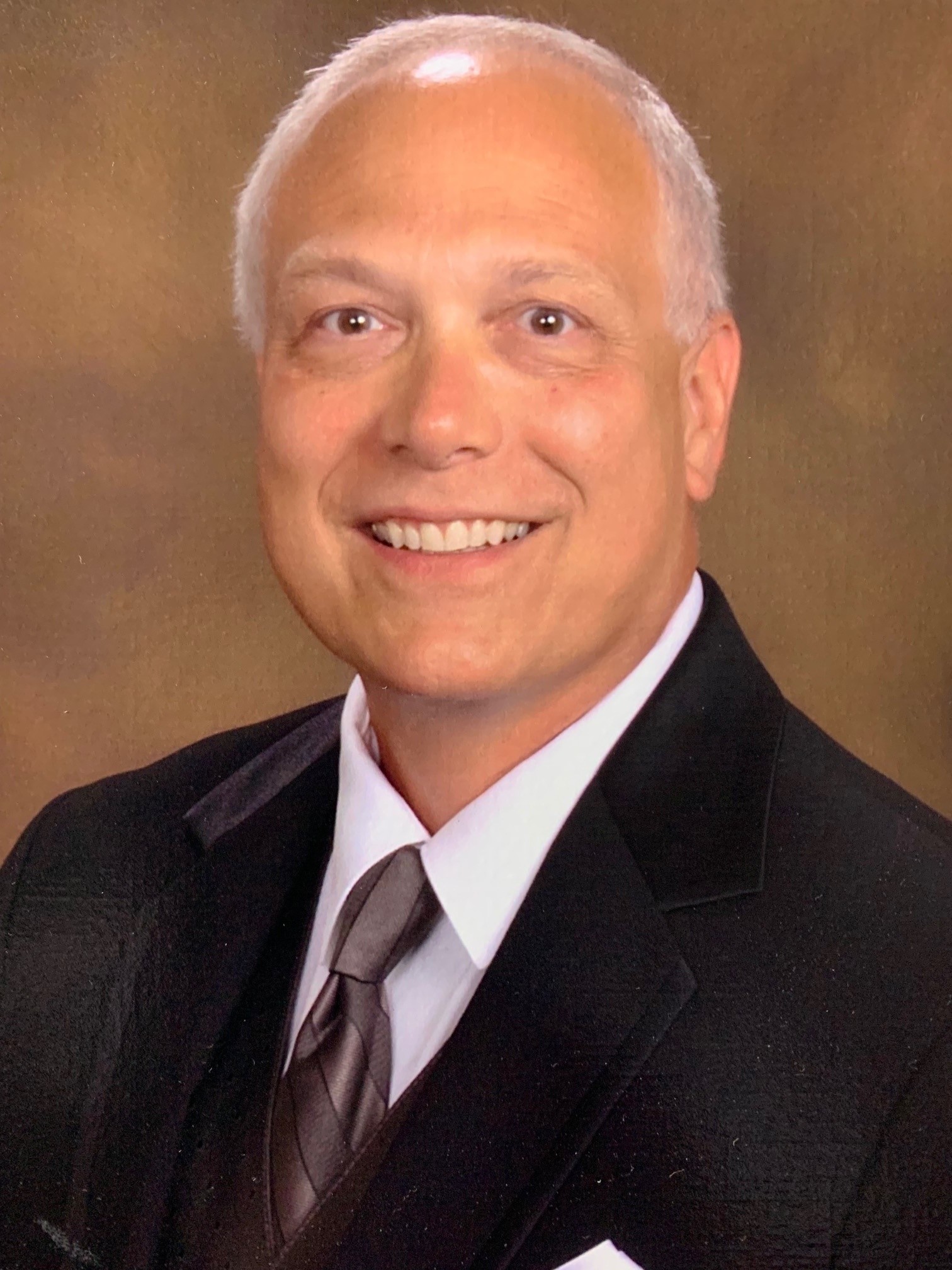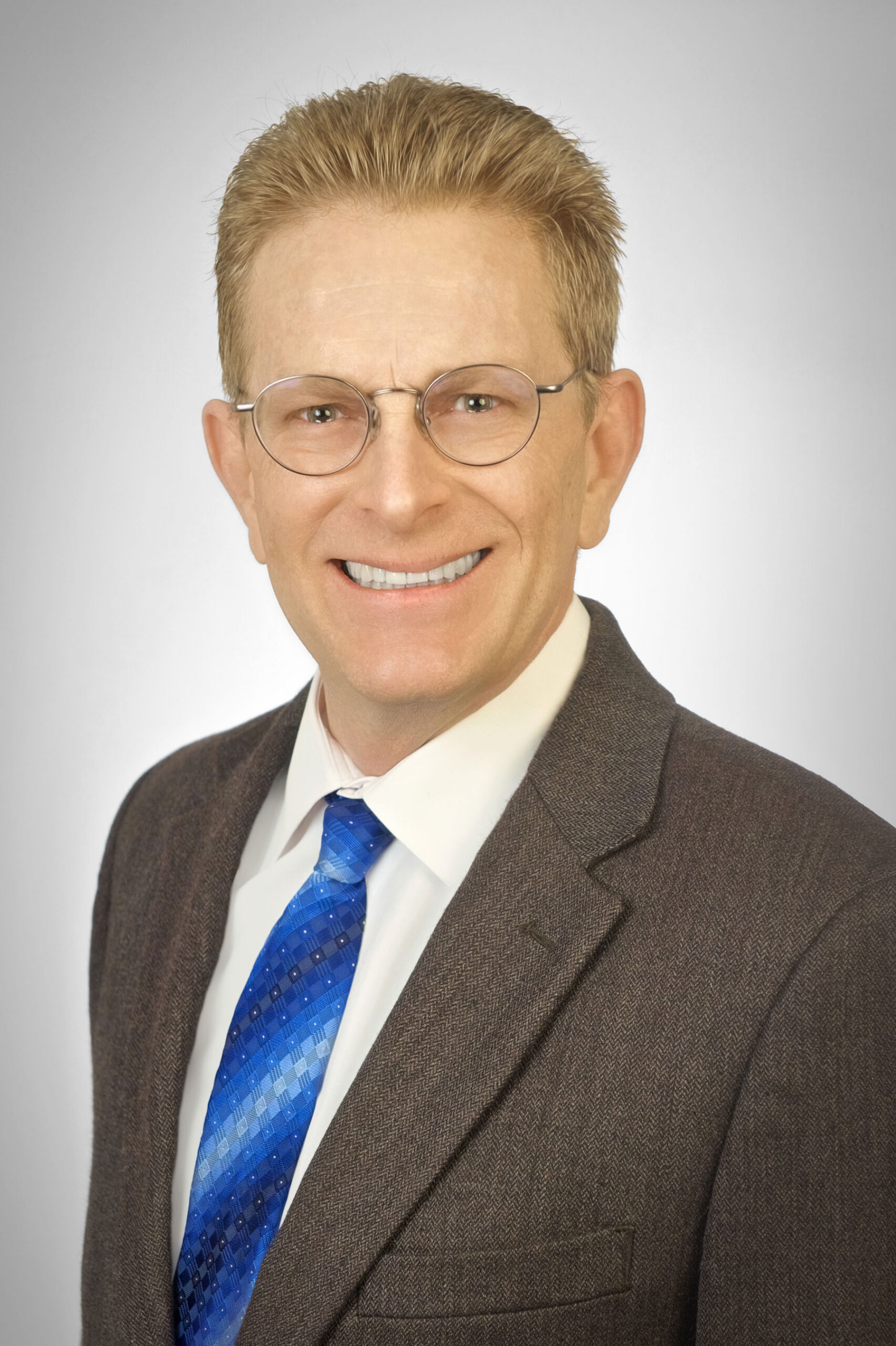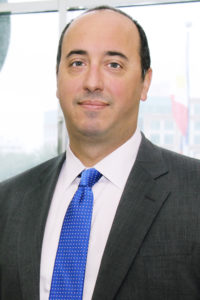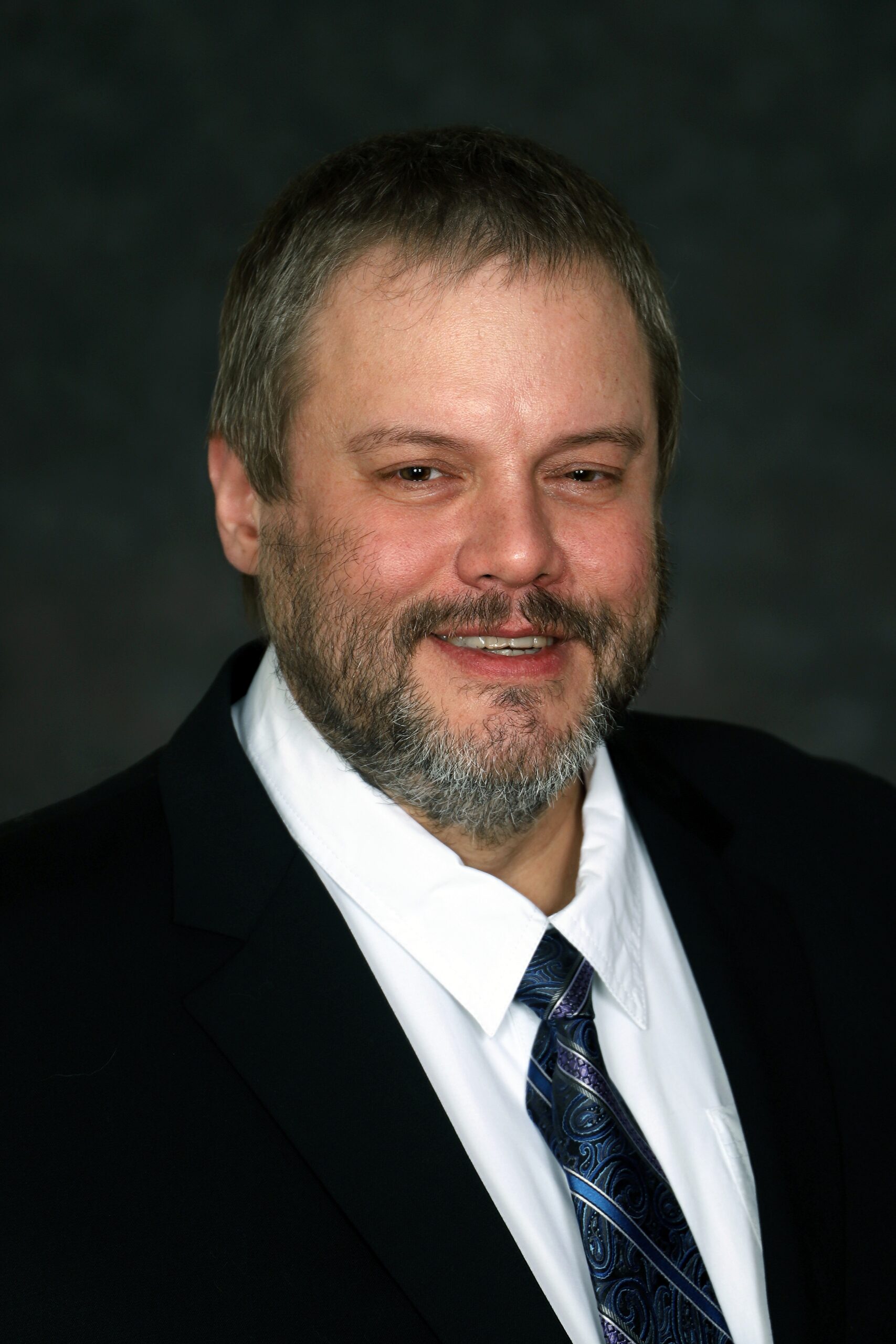Physician Thriving: Bullying in the Workplace
By Hilary McClafferty, MD, FAAP
This month’s topic is bullying in the workplace and is adapted from my work in the American Academy of Pediatrics. My interest in this topic stems from my recent mentoring of a younger colleague who was bullied to the point of near-complete derailment of her medical training, and from my personal experience with workplace bullying. For those of you who may be consciously or unconsciously playing a role in the classic bullying triad; bully, bullied, or bystander, be aware that each role can be a factor in burnout.
Workplace bullying can have a profound negative impact on physician wellbeing. Although rarely discussed, bullying remains pervasive in the medical culture, with particularly high prevalence reported by medical students, residents, female trainees and faculty, and foreign medical graduates. (Leisy 2016) (Singh 2018)
A 2014 study of surveyed trainees by Snell in Academic Medicine documented rates of 80-90% reporting bullying. Not surprisingly, one of the commonest forms of bullying has been shown to be verbal abuse, delivered by colleagues positioned above the victim in the hierarchical power structure inherent to medical training and practice. (Snell 2014)
Bullying in medicine is directly relevant to burnout prevalence and has been shown to result in increased stress in the victim, more medical errors contributing to poor patient outcome, and higher rates of faculty and resident turn over. More ominous sequelae include mental and physical distress, erosion of self-confidence, suicidal ideation, and completed suicide.
A victim’s reluctance to reach out for help to manage common co-morbidities of bullying such as anxiety or depression due to fear of stigma sets up a vicious cycle in which a victim can feel helpless to act. This may be compounded by the passive bystander whose silence and inaction enables the bully’s success. For example, a 2008 Joint Commission report found that 40% of clinicians surveyed chose to remain passive when witnessing bullying during patient care events rather than question or interrupt a higher-ranking colleague. This is particularly important because breakdown in effective communication has been associated with an alarming pattern of medical errors, serious injury, and unexpected patient deaths. (Leisy 2016)
Research confirms that the detrimental mental and physical sequelae of bullying are not limited to the victim but are experienced in varying measure by both bully and bystander-many of whom have themselves been targets of ‘higher ranking’ bullies. (Evans 2017) (Jenkins 2017). The familiar cyclical nature of health care training, student becoming teacher in repeating cycles as they progress to faculty and attending roles, partially explains how bully behavior is reinforced leading to normalization of “professional dominance” through use of humiliation in those predisposed to this behavior.
Bullying in academic medicine has a special nuance and can manifest in insidious ways through the actions of superiors striving to maintain their positions in a fiercely competitive culture. Up and coming subordinates may threaten the insecure leader and lead them to resort to tactics such as claiming credit, condoning plagiarizing, abuse of the evaluation process, limiting opportunities, impeding promotions, rumor spreading, unreasonable assignments or marginalization of their direct report.
At a certain point, one can only feel compassion for the bully, especially those in positions of broad power. They are ultimately manifesting stress in an unskilled and destructive manner bound to reflect poorly on themselves-although this does not excuse their behavior or condone bystander silence. Both bully and bystander ultimately pay a steep price for their choices.
In the case of my young colleague, a full university-based inquiry is underway. She has assembled a team of advocates and witnesses who have finally moved out of the bystander role to call out bullying at the highest levels of her program. It looks promising that she will be allowed to complete her training, ironically in spite of the obstacles placed by her program’s leaders, rather than because of their support. It is possible that some of those in power will lose their jobs as a result of their actions. In my case as a faculty physician, when efforts to effect change through discussions with upper leadership were unsuccessful and colleague-bystanders remained on the sidelines, I shifted to a much healthier work environment and never looked back.
It is widely recognized that burnout prevention and the promotion of wellbeing in medicine is multi-faceted challenge. Bullying is one element among many. Change in our culture requires simultaneous waves of positive action occurring on multiple levels. Each of us play an important role beyond that of the outdated and juvenile bully, bullied, or bystander triad so common to medical training. We are responsible for our words and actions towards colleagues and trainees, and for speaking up for those unjustly targeted, even when feeling intimidated.
One concrete place to begin leads us to the practice of mindfulness, the topic of the next newsletter’s column. And specifically, mindful language. Your words matter just as your actions matter. As a small first step, take a moment today to consider how you are impacting those around you with your language, actions, or deliberate inaction, and let us commit to cultivating and maintaining a higher level of civility, collegiality, and mindfulness in the medical workplace.
References
BMC Med Educ. 2016 Apr 27;16:127.
Altering workplace attitudes for resident education (A.W.A.R.E.): discovering solutions for medical resident bullying through literature review.
Leisy HB1, Ahmad M2.
J Anaesthesiol Clin Pharmacol. 2018 Apr-Jun;34(2):145-147.
Abusive culture in medical education: Mentors must mend their ways.
Singh TSS1, Singh A2.
Acad Med. 2014 Apr;89(4):608-17.
When the learning environment is suboptimal: exploring medical students’ perceptions of “mistreatment”.
Gan R1, Snell L.
Child Psychiatry Hum Dev. 2017 Feb;48(1):120-135.
Negative Bystander Behavior in Bullying Dynamics: Assessing the Impact of Social Capital Deprivation and Anti-social Capital.
Evans CB1, Smokowski PR2.
J Youth Adolesc. 2017 Apr;46(4):757-771. Epub 2017 Jan 27.
Social Capital and Bystander Behavior in Bullying: Internalizing Problems as a Barrier to Prosocial Intervention.
Jenkins LN1, Fredrick SS2.
 Hilary McClafferty, MD, FAAP, is board certified in pediatrics, pediatric emergency medicine, and integrative medicine. She writes and speaks nationally on physician wellbeing, resiliency, and whole physician wellness. She is a certified physician coach and author of two books: Mind-Body Medicine in Clinical Practice and Integrative Pediatrics: Art, Science, and Clinical Application, and editor of two Special Editions on the use of integrative medicine in practice. She is Founding Director of the Pediatric Integrative Medicine in Residency program, University of Arizona, and Medical Director, Pediatric Emergency Medicine at Tucson Medical Center, Tucson, AZ. Email: mcclaffertyh@gmail.com Website: www.drmcclafferty.com Twitter: @drmcclafferty
Hilary McClafferty, MD, FAAP, is board certified in pediatrics, pediatric emergency medicine, and integrative medicine. She writes and speaks nationally on physician wellbeing, resiliency, and whole physician wellness. She is a certified physician coach and author of two books: Mind-Body Medicine in Clinical Practice and Integrative Pediatrics: Art, Science, and Clinical Application, and editor of two Special Editions on the use of integrative medicine in practice. She is Founding Director of the Pediatric Integrative Medicine in Residency program, University of Arizona, and Medical Director, Pediatric Emergency Medicine at Tucson Medical Center, Tucson, AZ. Email: mcclaffertyh@gmail.com Website: www.drmcclafferty.com Twitter: @drmcclafferty

